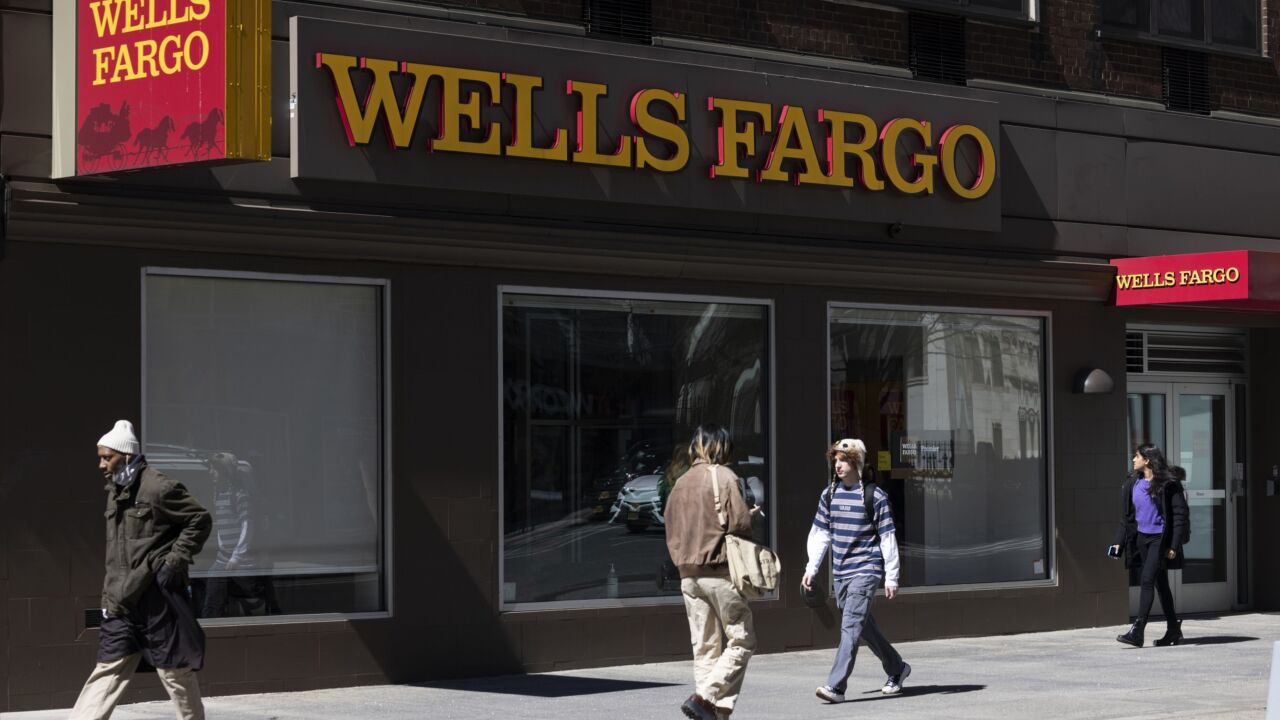A recently closed restructuring of Imexsa's structured export notes appears to have pleased both investors and the steel producer, even with the new paper located several notches into junk territory. In September the Mexican corporate closed an exchange handled by Dresdner Kleinwort Wasserstein of US$62 million of 10.125% 2003s for 10.625% 2005s. Standard & Poor's and Moody's Investors Service passed their verdicts on the new notes last week and gave them B-' and Caa1', respectively, mirroring the corporate ratings.
It appears bondholders won't blanch at the unappetizing rating. At S&P, Imexsa has been at B-' since June. The initial structure had never proved truly remote from the company's risk, sources said. "[Imexsa] clearly needed some room because of a serious liquidity problem," said one investor. Steel slumped to record lows of US$180 to US$190 per ton by the end of last year, while steep energy prices devoured the bottom line from the other end.
Today steel prices are hovering at US$230 to US$240 a ton, helping hoist the company from its financial hole. While the bleak environment forced Imexsa to cap output at 40% of capacity in the first quarter of 2002, it is presently operating at over 90% capacity.
Now it's breathing easier, but Imexsa's financial oxygen was running dangerously low several months back. At one point in early June, S&P had dropped the company to D', but restored it to B-' when the steel maker reached an agreement with bondholders. At any rate, the company never defaulted on the 2003s, though S&P warned that it would have without a restructuring.
At its low point, the company had diverted product from Mitsubishi, which under the original structure was to receive enough output to meet a debt service coverage ratio of 1.3x. A progressive lowering of Imexsa's rating from BB+' triggered an acceleration of principal payments on the 2003s, diverting precious cash flow. "We even met an obligation by a direct wire transfer...instead of from a collection account," said Bhikam Agarwal, CFO of Ispat International, which owns Imexsa.
Bondholders include GE Capital, ING Barings, Pacific Life, American Express and Pacific Investment Management Co.
Although the structure does little to dilute the company's risk, there are features of the deal that seem to make it more palatable to investors than the retired paper. The broader base of receivables is a definite plus, said one investor. Apart from a supply agreement with Mitsubishi identical to the 1.3x ratio in the initial deal, there is a transfer and servicing agreement requiring Imexsa to deliver 0.7x debt service of receivables generated from sales to customers other than Mitsubishi.
Besides the Japanese carmarker, major customers include Lone Star Steel, Oregon Steel and California Steel Industries.
Other enhancements include a reserve account equal to US$5 million and a guarantee from the parent company.
Amortization kicks in at the first quarterly payment on May 31, 2003. The principal payments gradually step up, with nearly 50% disbursed on Feb. 28, 2005 and the maturity date of May 31, 2005.





